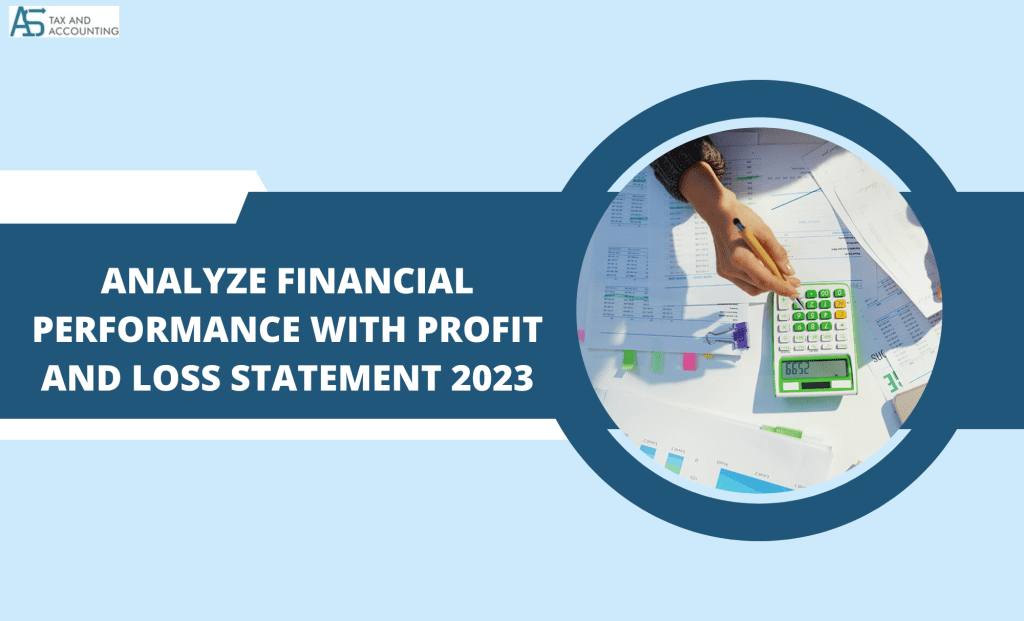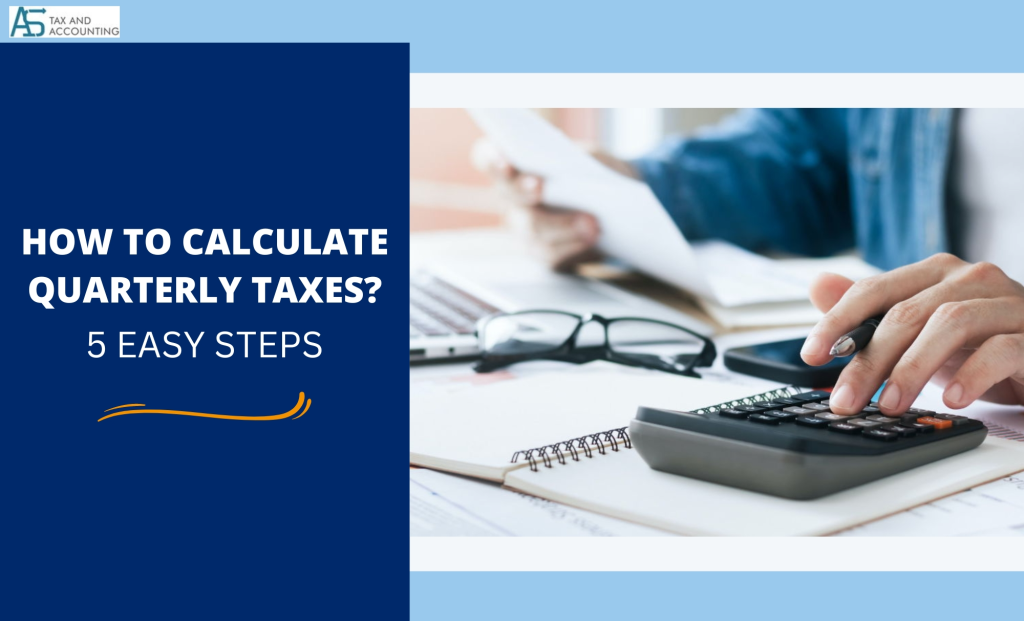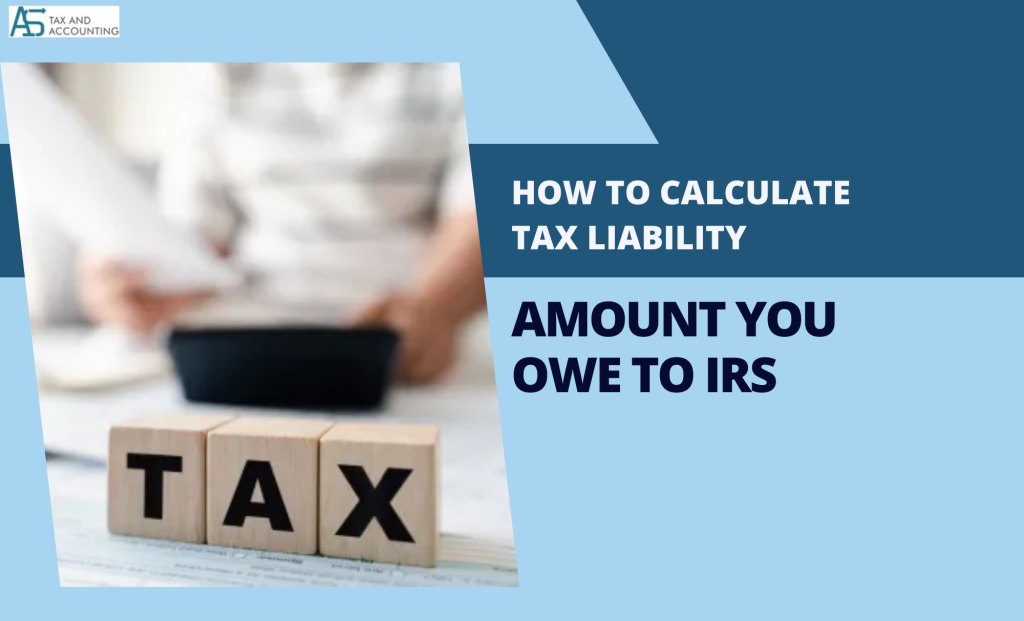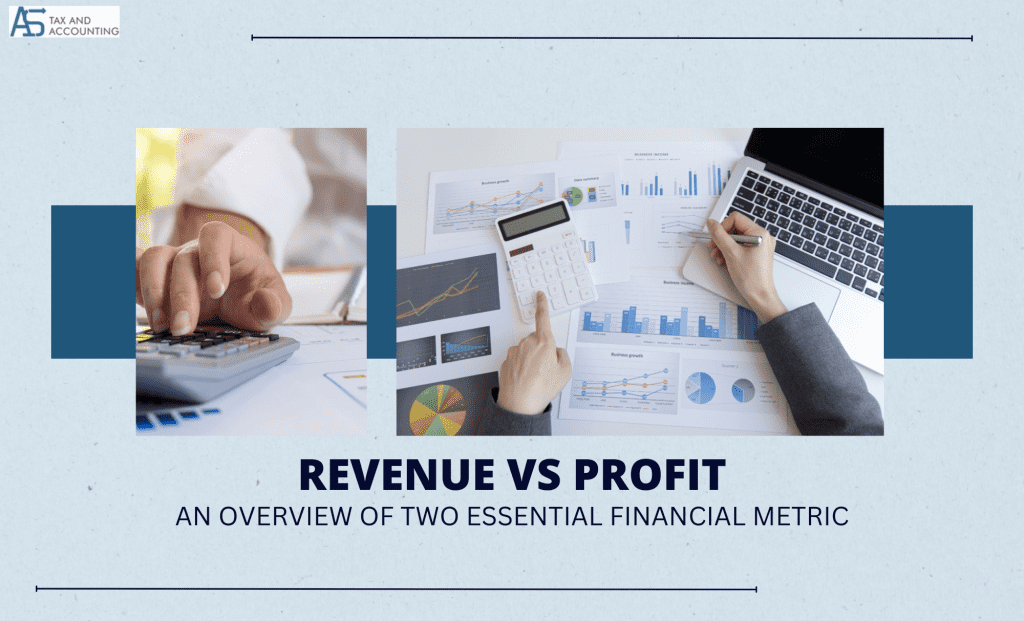Running a business requires a solid understanding of finances. Blind confidence in concepts and methods will only take you so far. You cannot scale sustainably until you observe how your efforts affect your bottom line. A profit and loss statement is meant to help you quickly assess your company’s financial situation. The assertions can provide an accurate depiction of your direction over time, letting you know whether you’re moving in the right route or not.
This article will explain the P&L statement’s exact format, the numerous components you must include, and useful templates you can apply.
What is a Profit and Loss Statement?
A profit and loss statement (also known as an income statement or statement of operations) is a financial statement that summarizes a company’s revenues, costs, and expenses over a specific period of time, usually a fiscal quarter or year. The statement provides a picture of a company’s financial performance by showing how much money it earned (revenues) and how much it spent (expenses) during the period, as well as the resulting P&L.
The profit and loss statement typically includes the following items:
Revenues:
The total amount of money a company earned from its sales or services during the period.
Cost of goods sold (COGS):
The direct costs associated with producing or delivering the company’s products or services, such as raw materials, labor, and overhead.
Gross profit:
The difference between the company’s revenues and its COGS.
Operating expenses:
The indirect costs associated with running the company, such as salaries, rent, utilities, and marketing expenses.
Operating income:
It is the difference between the company’s gross profit and its operating expenses.
Other income and expenses:
Any income or expenses that are not directly related to the company’s normal operations, such as interest income or gains from the sale of assets.
Net income (or loss):
The total profit or loss of the company is calculated by subtracting all expenses from revenues.
A profit and loss statement is an important tool for investors, lenders, and managers to evaluate a company’s financial health and make decisions about its future operations.
Read more ” How to Find Net Income: Formula & Details“
How to Make a Profit and Loss Statement?
To create a profit and loss statement, you’ll need to follow these basic steps:
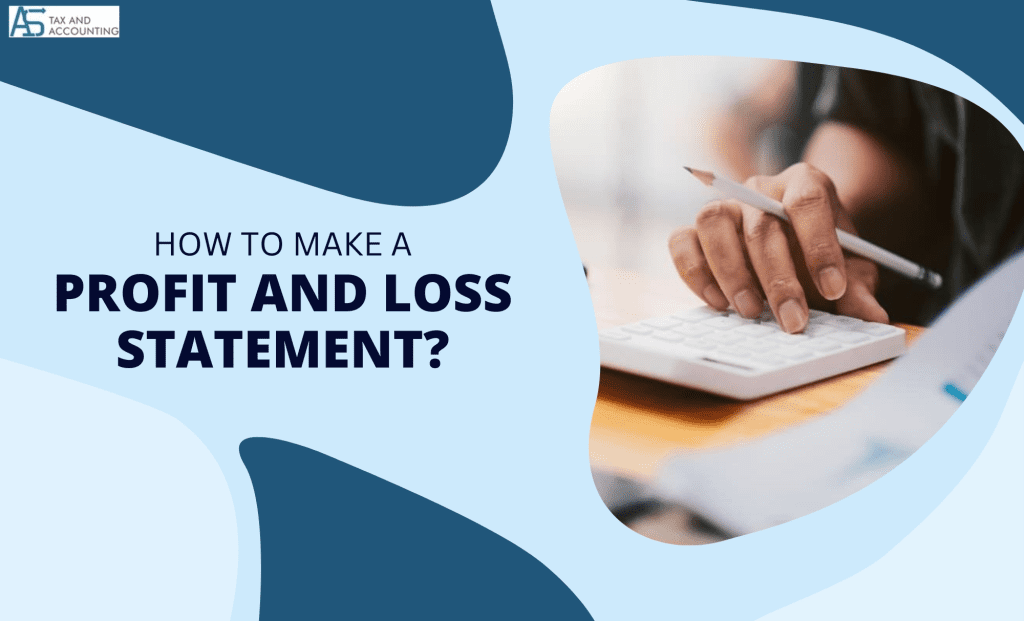
Gather your financial data:
Collect all relevant financial information of a particular time frame you are preparing the statement for, such as revenue from sales, cost of goods sold, operating expenses, and any other income or expenses.
Calculate revenue:
Add up the total amount of revenue generated by your business during the period. This can include sales, service fees, and any other sources of income.
Calculate the cost of goods sold:
Determine the direct costs associated with producing or delivering your product or service. This can include materials, labor, and overhead costs. Subtract these costs from your total revenue to calculate your gross profit.
Calculate operating expenses:
List and total all the indirect expenses of running your business, such as rent, salaries, utilities, and marketing expenses.
Calculate net profit or loss:
Subtract your operating expenses from your gross profit to arrive at your net profit or loss.
Review and analyze:
Review your profit and loss statement to understand the financial performance of your business. Analyze trends over time and compare your results to industry benchmarks to identify areas for improvement.
What are the Types of Profit and Loss Statements?
There are two main types of profit and loss statements:
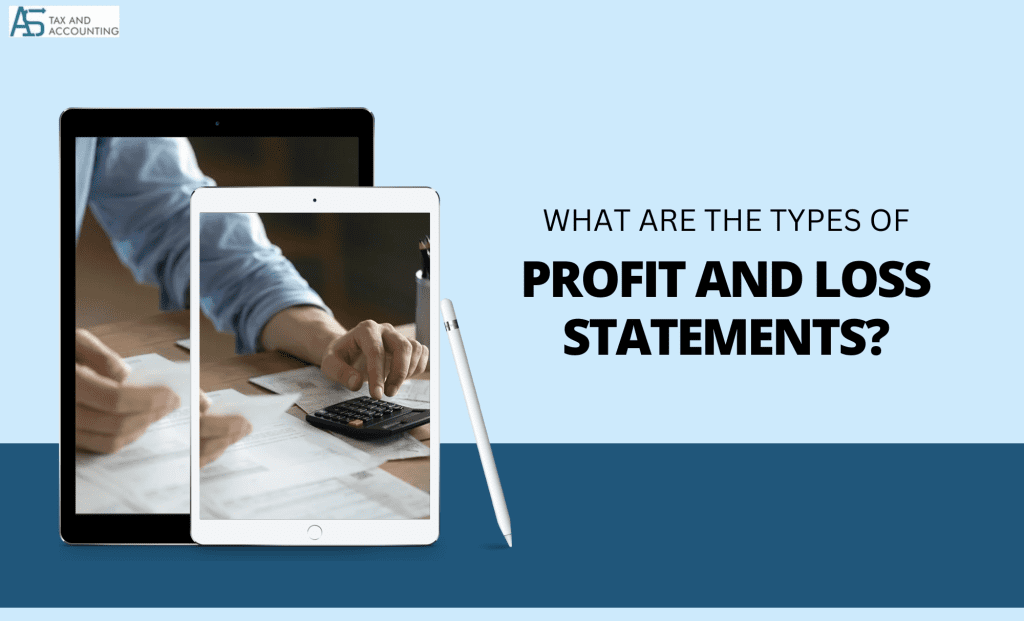
Single-step profit and loss statement:
This type of statement calculates all revenues and expenses in one step to determine net income or loss. This statement is generally simpler and easier to prepare and understand.
Multi-step profit and loss statement:
This type of statement breaks down revenues and expenses into subcategories, such as gross profit, operating expenses, and other income and expenses, to provide a more detailed view of a company’s financial performance. This statement is more complex and provides more information than the single-step statement.
In addition to these two main types, there are also specialized profit and loss statements that may be used in certain industries or situations, such as:
Manufacturing profit and loss statement:
This type of statement breaks down the cost of goods sold into direct and indirect costs to give a more accurate view of a manufacturing company’s financial performance.
Pro forma profit and loss statement:
This type of statement is a projection of a company’s expected financial performance for a future period based on assumptions about revenue, expenses, and other factors. It is often used for financial planning and forecasting.
FAQs
A profit and loss statement is important because it shows the financial performance of a company over a specific period of time. It can help business owners, investors, lenders, and other stakeholders to evaluate the profitability and sustainability of a business, identify areas for improvement, and make informed decisions about future operations.
A profit and loss statement should be prepared at least annually at the end of the fiscal year. However, many businesses choose to prepare them more frequently, such as monthly or quarterly, to track their financial performance and make adjustments as needed.
Revenue is the total amount of money a business earns from its sales or services, while profit is the amount of money left over after all expenses have been subtracted from revenue. Revenue is the top-line number on a profit and loss statement, while profit is the bottom-line number.
Gross profit is the difference between revenue and the cost of goods sold (COGS), while net profit is the difference between revenue and all expenses, including COGS and operating expenses. Gross profit shows how much money a company is making on its products or services, while net profit shows how much money is left over after all expenses have been paid.
Yes, we can use P & L statements for tax purposes. It is an important document for calculating a company’s taxable income and determining its tax liability. Business owners should keep accurate and up-to-date records of their financial transactions to prepare their profit and loss statements and file their taxes correctly.
- Author Details
- Latest Posts

I am Billie wilson, a financial analyst who loves to share knowledge. I believe that everyone deserves the opportunity to succeed and so I guide people in their journey to financial growth

